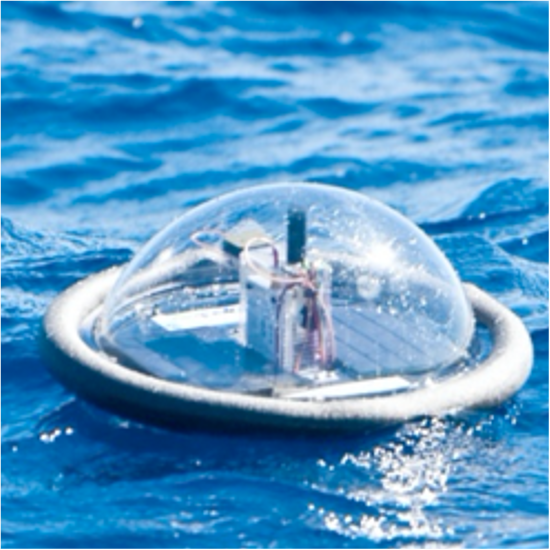The Challenge
Project Niu is an educational curriculum and accompanying package of hardware and software that combines science, technology, and environmental stewardship for hands-on, project-based exploration into the sources and widespread consequences of marine debris.
The Approach
Project Niu educates K-12 students in multidisciplinary studies that combine:
- Environmental stewardship (namely marine debris), and
- Science, technology, engineering, and math (STEM)
Marine debris affects many aspects of the environment, from the coral reefs that debris can smother to the wildlife that it entraps. The prevalence of marine debris even endangers vessels, causing entanglement of propellers and navigational hazards.
Project Niu combines science, technology, and environmental education for K-12 students to engage in scientific examinations of the oceans by exploring the sources and widespread consequences of marine debris. Through this project-based learning opportunity, students deploy custom-made, satellite-tracked sensors from local beaches, then monitor these Niu devices on the Project Niu website as they float at sea. Carried by the ocean’s currents and winds in a manner similar to common forms of marine debris (such as plastics, fishing nets, etc.), these high tech “message in a bottle” devices illustrate the earth’s physical processes to students while also teaching them about the effect that humans have on the health of the oceans.
 Students who participate in Project Niu have experiences with advanced technologies for remotely monitoring the ocean while developing personal connections with the environment. Importantly, they learn to pose challenging questions about the ecological impact of their own actions and those of society.
Students who participate in Project Niu have experiences with advanced technologies for remotely monitoring the ocean while developing personal connections with the environment. Importantly, they learn to pose challenging questions about the ecological impact of their own actions and those of society.
Since Project Niu’s inception in 2007, the project has reached over 400 students from six different schools to teach these students environmental stewardship and provide STEM enrichment.
Project Niu was created by Area 10 Labs through funding from the NOAA Bay-Watershed Education and Training (B-WET) program. Area 10 Labs has partnered with isisHawaii to expand the project through the training of educators with educational grants.
Outcomes
- Participating students reported that their families added one environmental conservation effort (such as recycling, carpooling, etc) after experiencing Project Niu.
- 96% of participating students indicated an interest in at least one STEM-related profession after completion of the project.
- Niu Poni was at sea for 2 years and 3 months (battery was recharged through solar panels).
- 5 Niu devices deployed.
- Reached over 400 students and 14 teachers in 6 schools.
- Featured by Adobe for promoting educational use of their software products.
- The Project Niu tracking web application was a semifinalist at the prestigious Adobe Max awards.
- National Geographic’s Adventurer of the Year, Roz Savage, carried a Niu from Hawaii to the equator (and deployed it there) during her expedition to row across the Pacific Ocean.


